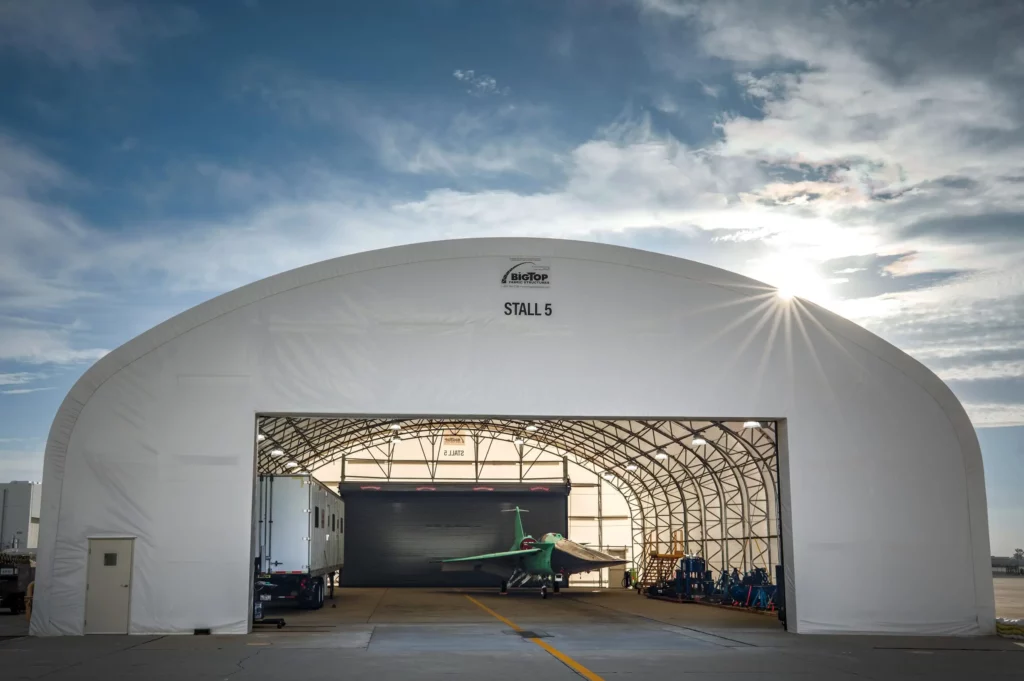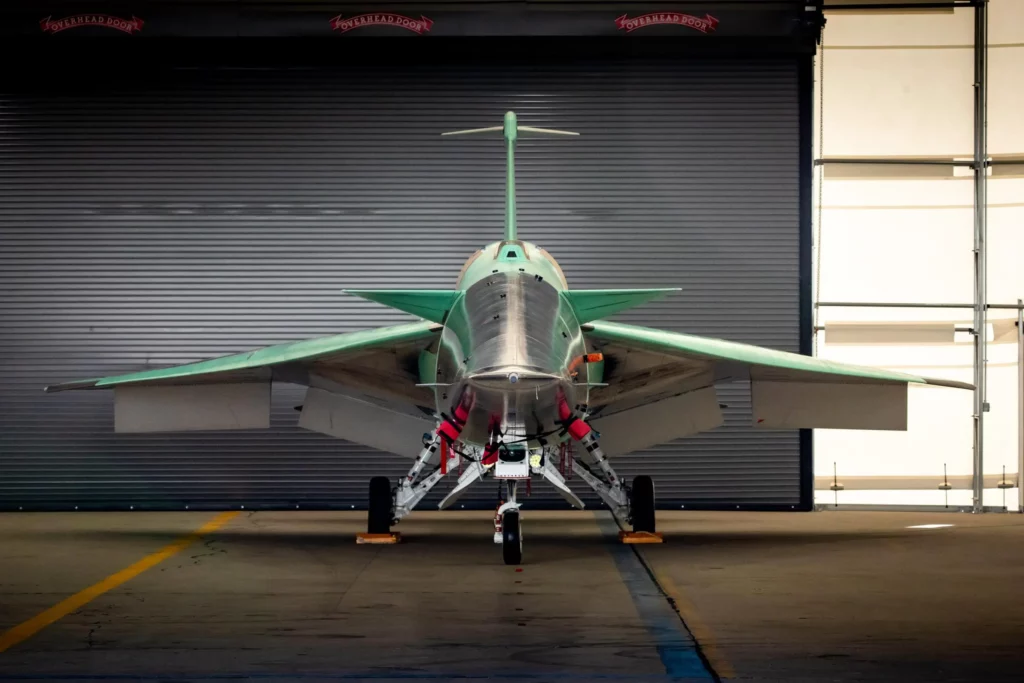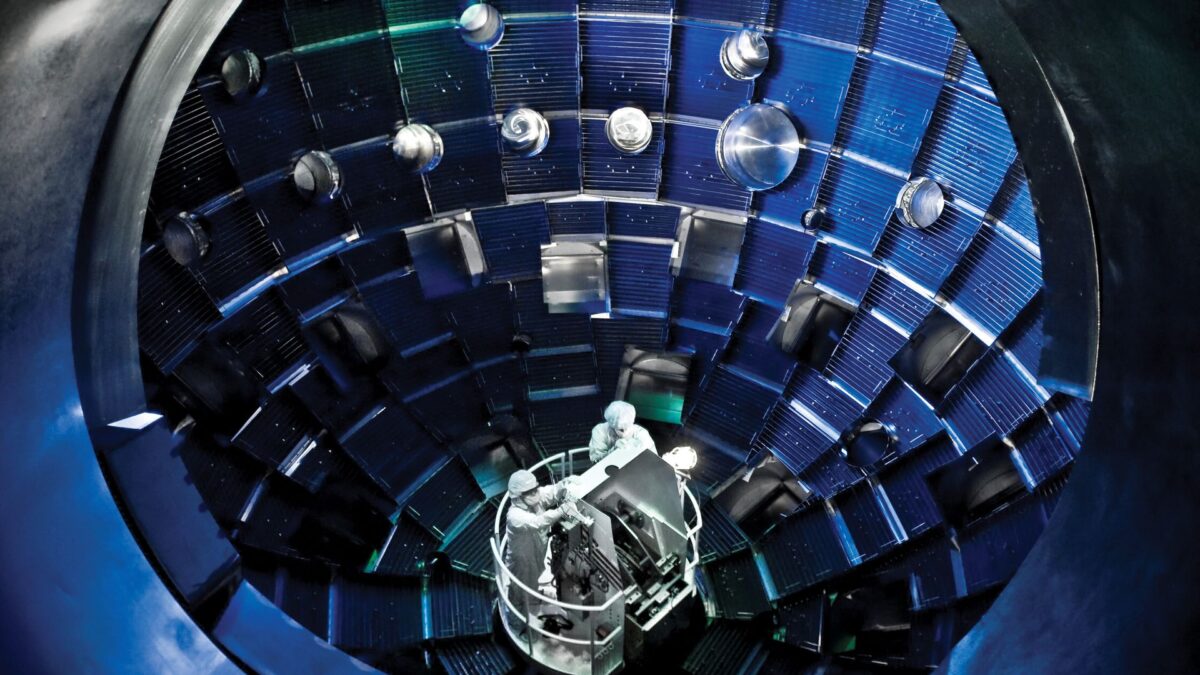The following series of images shows NASA ’s X-59 as it sits on the flight line—the space between the hangar and the runway—at Lockheed Martin Skunk Works in Palmdale, California, on June 19, 2023. The move from its construction site to the flight line is one of many milestones that prepare the X-59 for its first and subsequent flights. Next up, the team will conduct significant ground tests to ensure the aircraft is safe to fly.

Technicians check out the X-59 aircraft as it sits near the runway at Lockheed Martin Skunk Works in Palmdale, California, on June 19, 2023. Credit: Lockheed Martin
The X-59 aircraft—the centerpiece of NASA ’s Quesst mission—is designed to demonstrate the ability to fly supersonic, or faster than Mach 1, while reducing the loud sonic boom to a quiet sonic thump. NASA will then fly the X-59 over several communities to gather data on human responses to the sound generated during supersonic flight. NASA will deliver that data set to U.S. and international regulators to possibly enable commercial supersonic flight over land.

NASA ’s X-59 aircraft is parked near the runway at Lockheed Martin Skunk Works in Palmdale, California, on June 19, 2023. This is where the X-59 will be housed during ground and initial flight tests. Credit: Lockheed Martin
The Quiet Supersonic Technology (QueSST) mission, spearheaded by NASA ’s aeronautical innovators, is a pioneering collaboration between government and industry aimed at making overland supersonic flight a reality. This revolutionary step could drastically cut travel times across the United States and globally.

NASA’s X-59 aircraft is parked near the runway at Lockheed Martin Skunk Works in Palmdale, California, on June 19, 2023. This is where the X-59 will be housed during ground and initial flight tests. Credit: Lockheed Martin
The QueSST mission has two main objectives. Firstly, to design and construct the X-59 research aircraft, equipped with cutting-edge technology that mitigates the deafening sonic boom typically associated with supersonic travel to a gentle thump perceptible to those on the ground. The second objective is to fly the X-59 over various communities across the U.S., collecting vital data on how humans respond to the noise generated during supersonic flight. This collected data will then be shared with U.S. and international regulators.
The aim is to utilize this information to write and implement new sound-based regulations surrounding supersonic flight over land. This could potentially unlock new commercial cargo and passenger markets, offering the tantalizing possibility of faster-than-sound air travel.
Source: SciTech Daily

















